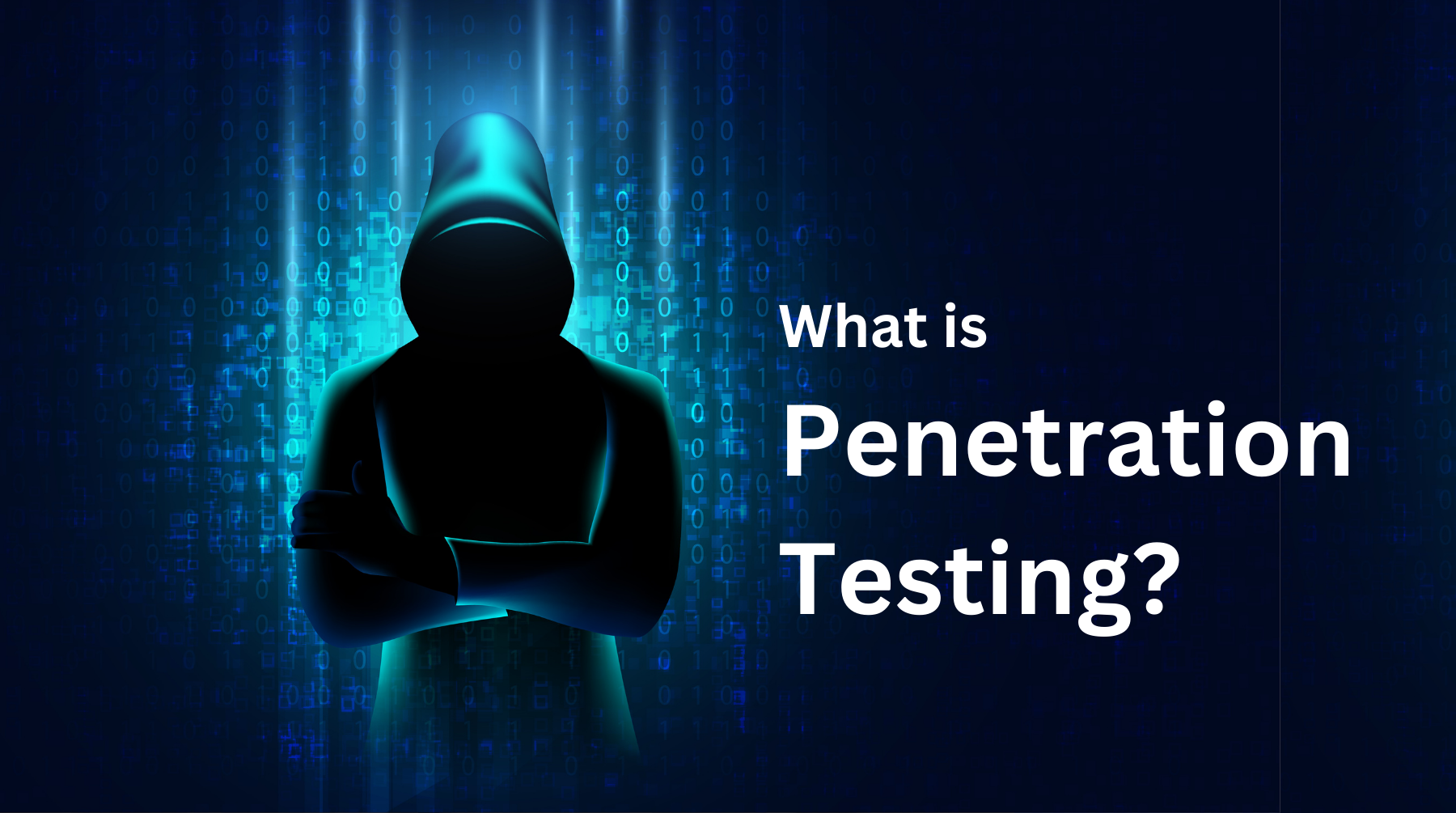
A penetration test, commonly known as a pentest, is a procedure whereby authorized attackers attempt to breach a target system or network to evaluate the security of the system. It is usually performed as part of a risk assessment procedure to first discover potential flaws from which a company can be attacked.
A penetration test might sound harmful at first, given that we are voluntarily subjecting our target systems to mass attacks. However, it is far better for a legally bound White Hat to be breaching your systems than an unauthorized Black Hat who has malicious intent.
For more information on Black Hats vs White Hats, visit our article on Ethical Hacking.
Often, the term “penetration testing” would be bundled up with other terms such as “vulnerability assessment” or “ethical hacking”. However, there are subtle differences between the few, mainly in their scope of action. We will review these differences in the section below.
What Does Penetration Testing Entail?
Beginning with the largest scope, ethical hacking is a superset of penetration testing. It includes aspects such as social engineering, vulnerability assessment, and penetration testing, but with a strong focus on simulating real-world attacks and detection evasion mechanisms. Ethical hacking also typically has a specific goal in mind, like dumping a backend database.
Vulnerability Assessment
Vulnerability assessment involves the identification of potential security loopholes in the system without exploiting the vulnerabilities. This is usually done with automated tools such as Nmap, Burp Suite Web Vulnerability Scanner, and OWASP ZAP.
Standalone Penetration Testing
Standalone penetration testing does not take detection evasion into consideration and is focused on discovering and confirming as many vulnerabilities as possible as opposed to having a goal on the target system. Hence, standalone penetration tests are much noisier on Intrusion Detection Systems but are also far more effective at discovering and confirming vulnerabilities due to the fact that they do not have to spend effort on detection evasion.
Penetration testing is a mainly manual procedure that seeks to confirm such vulnerabilities by exploiting them. With the harmful nature of running exploits, penetration tests are usually conducted against a production environment filled with dummy data. Penetration testing requires much more skill and is done by professionals as opposed to vulnerability assessments.
Broadly speaking, penetration testing can span up to three domains, Network, Web Application, and System.
Network Penetration Testing
Network penetration testing involves the testing of network infrastructure such as firewalls, routers, and switches.
Web Application Penetration Testing
Web Application penetration testing is the most widely known form and involves the testing of the client-facing websites and interfaces, checking for vulnerabilities such as those in the OWASP Top 10 Vulnerabilities.
System Penetration Testing
System penetration testing involves the testing of servers, and the underlying operating system such as Active Directory in Windows.
Why Is Penetration Testing Important?
Today, penetration testing has become a widespread requirement for high-risk organisations, such as for financial institutions in Singapore as regulated by the Monetary Authority of Singapore’s Technology Risk Management Guidelines (MAS TRM), and for good reason. Penetration testing also helps to ensure that regulatory requirements are met, such as the Payment Card Industry Data Security Standard (PCI-DSS), or the Health Insurance Portability and Accountability Act (HIPAA).
Cyber-attacks are a constant threat to all organisations, regardless of size, as Black Hats are profit driven and will attack any vulnerable system they can manage to find. As new vulnerabilities are discovered and new attack patterns are used, companies need to be proactive in securing their IT infrastructure and understand where they are susceptible to attacks.
At the end of the day, penetration testing seeks to safely uncover vulnerabilities in a target system before malicious threat actors can. It is a cost-effective security solution for improving a company’s cybersecurity as the cost of a penetration test is far cheaper than repairing the damage done by Black Hats, both in terms of the infrastructure and the company’s reputation.
If you would like to learn more about what penetration tests can do for your organization, do reach out to us.


